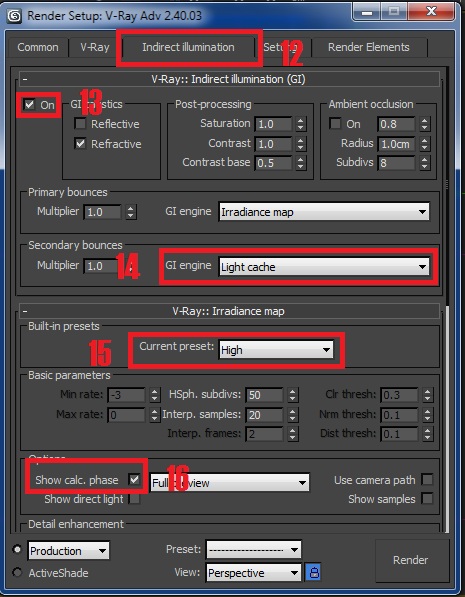

- Final draft 9 tutorial how to#
- Final draft 9 tutorial generator#
- Final draft 9 tutorial pro#
- Final draft 9 tutorial software#
Here are five other popular web hosting services to choose from:Ī CMS (content management system) is a software application that allows users to build and maintain a website without having to code it from scratch. This includes access to built-in security features and a content delivery network.
Final draft 9 tutorial pro#
Pro Tip: You can connect your custom domain to free hosting with HubSpot’s free CMS or in premium editions of CMS Hub. Most website hosting services charge very little to host an original domain - in fact, website costs can be as inexpensive as $3 per month when you commit to a 36-month term.

However, to create a subdomain that belongs to your company website, register the subdomain with a website host. Some CMS platforms offer subdomains as a free service, where your blog lives on the CMS, rather than your business's website. In other words, your blog's subdomain will live in its own section of. Want to create a subdomain for your blog? If you already own a cooking business at you might create a blog that looks like this:. Your blog's domain will look like this: The name between the two periods is up to you, as long as this domain name doesn't yet exist on the internet. Create your blog domain.Ī domain is a part of the web address nomenclature someone would use to find your website or a page of your website online. Make sure the name you come up with isn’t already taken as it could lessen your visibility and confuse readers looking for your content. If you still need more assistance, try using a blog name generator. Consider what your target audience is looking for.Link your blog name to your brand message.

Keep your blog name easy to say and spell.
Final draft 9 tutorial how to#
Some tips on how to choose your blog name include: This is your opportunity to get creative and make a name that gives readers an idea of what to expect from your blog. It’s up to you to decide the unique angle you’ll take on topics. Teach your readers how to do something?.Will you share your opinions on trending debates?.What problem will you solve for readers?.What unique experience makes you a trusted expert or thought leader on the topic?.What perspective do you bring that makes you stand out from the crowd? This is key to determining the trajectory of your blog’s future and there’s many avenues to choose in the process. Some ways to choose topics to cover include asking yourself questions like: The topic can be pretty general to start as you find your desired niche in blogging. Topics: See what subject matter their readers enjoy interacting with.īefore you write anything, pick a topic you’d like to write about.Copy: Analyze the tone and writing style of the competition to see what readers respond well to.Visuals: Look at the blog’s branding, color palette, and theme.There are multiple angles you should look at when doing a competitive analysis: The purpose of doing this isn’t to copy these elements, but to gain better insight into what readers appreciate in a quality blog. It’s worth taking a look at popular, highly reviewed blogs because their strategy and execution is what got them to grow in credibility. What better way to draw inspiration than to look at your well-established competition?
Final draft 9 tutorial generator#


 0 kommentar(er)
0 kommentar(er)
